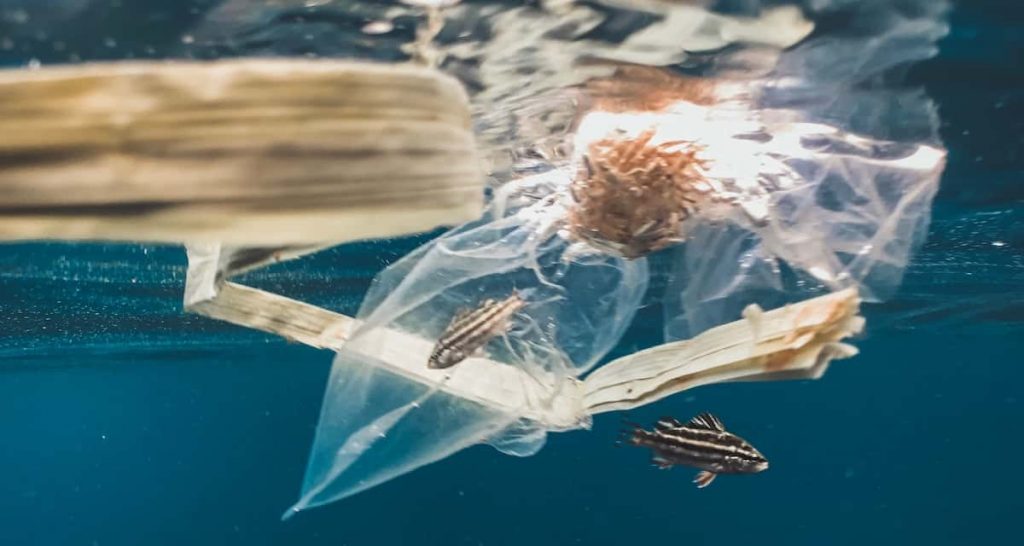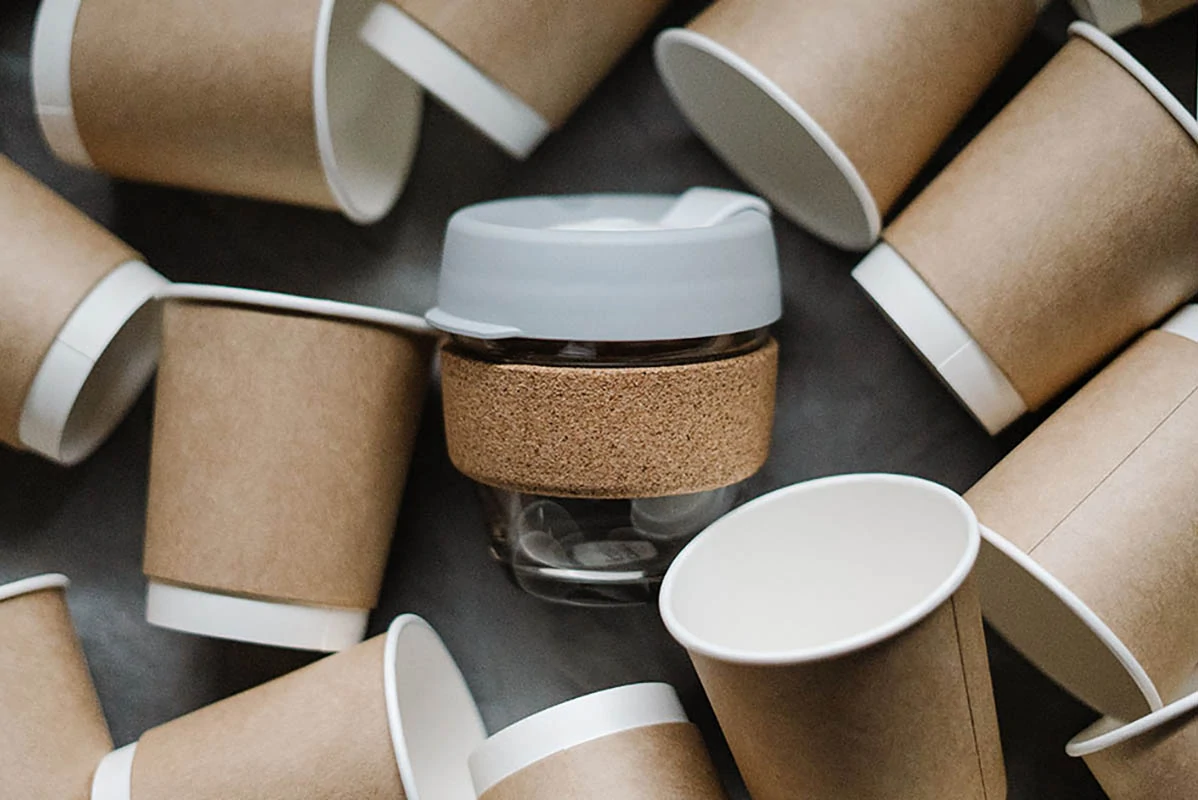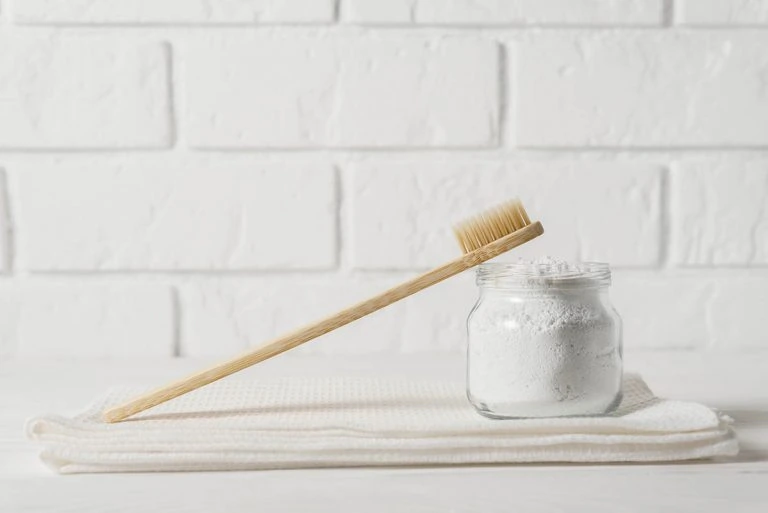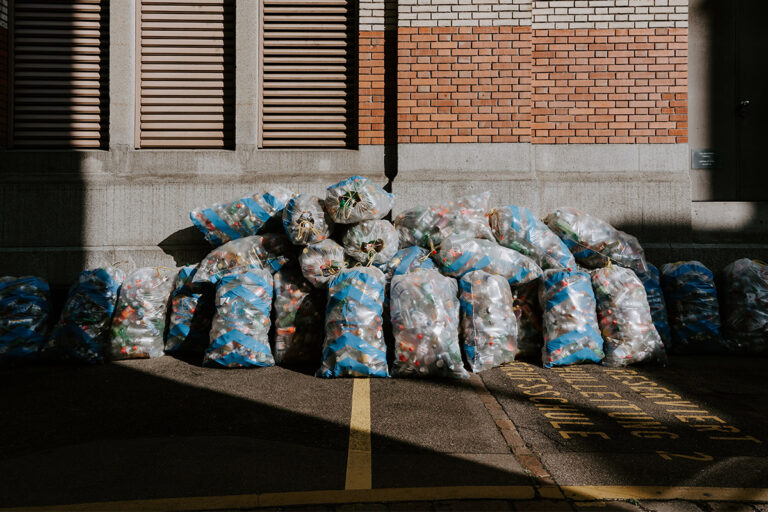“Zero waste” is a term that is thrown around quite a lot these days, much like “sustainable” and “eco-friendly”. You probably already know that reducing the waste (particularly plastic) you produce as part of your life is an important part of looking after the environment.
However, what this entails exactly, and how to achieve it, can be a little more elusive.
What exactly is ‘zero waste’?
According to the Zero Waste International Alliance, zero waste is:
“The conservation of all resources by means of responsible production, consumption, reuse, and recovery of products, packaging, and materials without burning and with no discharges to land, water, or air that threaten the environment or human health.”
As you can see, this involves wide-scale changes that go far beyond how we treat our trash.
However, this doesn’t mean that we as individuals don’t have a role to play. Quite the contrary: moving to a zero-waste lifestyle on an individual level is an essential part of pushing society toward the so-called “cradle to cradle” production model. This is a big departure from our current cradle to grave model, where society largely operates within extraction-production-consumption-disposal.
This shift is not only massive, but it is an essential one for all of us, as well as the planet we live on.
Why is zero waste important?
Our modern system of consumption is one that doesn’t pay too much attention to the waste it creates. Under this system, goods and products are produced as quickly and cheaply as possible to meet consumer demand, and then thrown away once we’ve finished using them.
Most of this waste ends up in landfill. EPA figures show that in 2017, US households sent a total of 292.4 million tons of municipal solid waste to landfill, or 4.48 pounds of trash per person per day.

Source: EPA
This was an increase of 7% since 2010. The proportion of plastic waste also increased, being 18.4% of all trash in 2018 compared to 13.2% in 2017
Plastic waste, in particular, takes hundreds of years to break down. A plastic toothpaste tube, for example, will take up to 700 years to degrade. As the nearly eight billion people on the earth continue to produce more plastic and other non-biodegradable waste, this continues to pile up, choking already-full landfills that then have to expand and take over natural environments.
Like our other natural resources, space on land is finite, and as landfill expands, this takes away habitats, destroying ecosystems and threatening plant and animal species.
What doesn’t make its way to landfill pollutes our natural environments, whether on land, in our waterways, or the oceans, threatening their ecosystems. Around 8 million metric tons of plastic wash into the ocean every minute.

This waste is hugely unsustainable not only because of the impact it has on the earth’s precious land and water resources, but also because of the resources it uses. Plastic and other non-biodegradable waste is generally made from petroleum and its by-products.
Petroleum is a non-renewable resource that is made from fossil fuels. If we keep using petrol at our current rate of consumption, the earth’s stocks will be depleted by around 2067, according to the oil industry.
How do you live a zero waste lifestyle?
From an individual perspective, achieving a zero waste lifestyle has three main aspects:
- Reconsidering what you buy and how often you buy it
- Buying zero-waste products
- Reusing materials that would otherwise become waste
This has also been popularly summarized as the five R’s:
- Refuse
- Reduce
- Reuse
- Recycle
- Rot (compost/biodegrade)
Essentially, to live a sustainable and zero-waste lifestyle you should apply one of these five approaches to everything you buy or consume.
How to apply the Five R’s
It’s important to note that under the concept of the five R’s, these steps are hierarchical. That is, you should always try to follow the steps at the top of the list first, and if this is not possible move on to the next one on the list. The steps are as follows:

Let’s take a practical example of a product that we all use daily, which is traditionally made of plastic: deodorant.
Consider the first of the five R’s: refuse. This is not practical when it comes to deodorant, as this is an essential item that you need to use, so we’ll move on to step two, reduce. Again, you can consider if you’re using more deodorant than is necessary and reduce your consumption, but most likely this won’t make too much of a difference.
So now we come to step three – reuse – and this is where we can really have an impact. You can greatly reduce or even eliminate the waste you are producing through the deodorant you buy by purchasing a product like Schmidt’s natural deodorant that comes in a reusable glass jar or Crystal body deodorant with its minimal packaging and reusable dish. Reusing old candle jars is another great example of this step.
If these options don’t work for you, you can move on to step four, recycle by choosing a deodorant with fully recyclable components such as this BeNat zero waste bundle.
Take a look at our round-up of the best zero-waste deodorant for more ideas.
By applying these criteria to everything in your daily life from candles and trash bags to toilet paper and diapers, you’ll be able to gradually create a zero-waste lifestyle.
Don’t forget the last R – rot – which can be an excellent way to eliminate your organic waste and turn it into mulch for your garden. If you’ve always wanted to try composting but are not sure where to start, check out our guide to composting in an apartment.
Zero waste doesn’t happen overnight
If you have tried to go zero-waste in even one aspect of your life, you’ll know how challenging this can be. The term itself is so absolute, meaning that you have to produce no waste at all to be truly zero-waste, and this isn’t something that you can achieve instantly.
It is best to see this as a process, something that involves multiple steps, that will eventually let you create a zero-waste existence.
It’s easy to become overwhelmed by all the different things there are involved in being truly zero-waste and sustainable in how you live your life. Start with easy steps like eliminating plastic shampoo bottles and recycling properly, and gradually add more aspects to work towards a life that minimizes and eventually completely eliminates waste.
To keep motivated through this journey, it will be helpful to keep coming back to why you’re doing this. Revisit you “why” regularly, whether it is to protect the environment, preserve the earth’s resources for future generations, or something else.
Is recycling the same as zero waste?
You may have noticed that recycling falls fairly far down the list of the five R’s. This is because recycling is a far from perfect way of reducing the waste from your life.
In fact, many sustainability enthusiasts argue that recycling doesn’t qualify as zero-waste at all. It can be all too tempting to throw your plastics in the curb-side recycling bin and think you’ve done your bit for the environment.
However, recycling has its weaknesses, namely:
- Only around 5% of plastics people put in curbside recycling bins are actually recycled
- Many recycled items are sent offshore for processing, contributing to greenhouse gas emissions
- Even if they can be successfully recycled, the production of plastics in the first place relies on non-renewable resources and is very damaging to the environment.
Therefore, it is much better to refuse, reduce or reuse waste before moving on to the next step. Recycling can still be part of this picture, but it should be seen more as a last resort than your first go-to option.
How to be truly zero-waste
It’s important to remember that the waste you produce is not just what you throw in the trash can. The process of extracting resources from the earth and turning them into products produces more waste than the products themselves – far, far more waste. Terrifyingly, for every garbage can that goes to landfill, 87 garbage cans of waste are produced by extraction industries in order to make these materials in the first place.
You also need to consider the other steps of a product’s lifecycle, namely manufacturing, distribution, and waste destruction.
Is the product produced in a way that produces land, water, or air pollution? Additionally, what is the carbon footprint involved in bringing the product from its point of origin to your door and how is it packaged?
It is important to remember that becoming fully zero-waste also involves changes on the society-wide level.
If you focus on making your own personal trash jar as tiny as it can be, you may be ignoring a range of other harmful impacts your consumerism and personal habits are having on the environment.
Although this involves impacts on a much broader level, it doesn’t mean it’s beyond your control as an individual. This is where you can use your consumer power to affect change on a bigger level through buying sustainably-sourced and responsibly-made products.
Reducing, or ideally eliminating, the waste that is produced once the product reaches you is essential, but it’s also critical that you consider the journey that product has had before it gets to you, and the waste or environmental damage it may have produced as part of that journey.
Of course, it’s also important to remember that along with the changes we can make as consumers, there is also a great need for systemic change, such as rules and regulations that hold the extraction and manufacturing industries to account.
Key takeaways
In short, if you want to work towards a zero waste lifestyle, you should look for products that:
- Can be reduced, reused, recycled or composted
- Come in packaging that is minimal and/or can be reused, recycled or composted
- Are extracted and manufactured in an environmentally-friendly way
- Is extracted and manufactured as close to you as possible to limit the product’s carbon footprint
Going zero waste isn’t easy, nor does it happen overnight. However, by continuing to take these vital steps, from replacing plastic bags and disposable coffee cups with reusable ones to making sure every item in your medicine cabinet is zero waste, you’ll make a big difference.
Don’t forget to check out our product guides and roundups for more advice on how to live a zero waste life!








